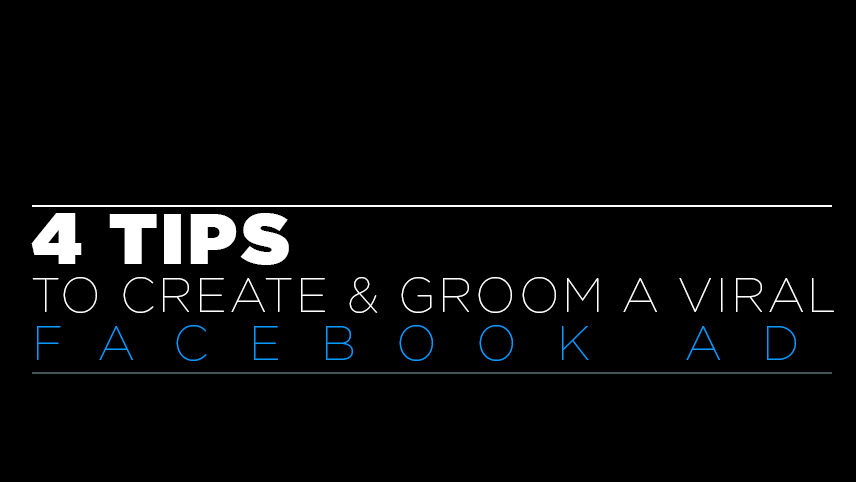There is a lot of talk about the constantly changing Facebook algorithms and how they’re putting paid content, particularly video content, above other non-paid posts.
The bad news for businesses: If you’re not paying, even just a little, the likelihood of you getting in front of your target customers en masse isn’t high.
The good news for businesses: If you’re willing to pay a little, there are a number of steps you can take in creating your video content that will a drive tremendous return on your investment.
Now to be clear, not at Facebook or video production expert — far from both. Can only report to you based on the experiences we’ve had while very successfully utilizing Facebook video ads with BottleKeeper — which currently drives a return of over $10 generated for every dollar spent, with a cost per view of less than one third of one penny — so low that it doesn’t accurately register on Facebook’s insights dashboard.
So here’s what we learned.
1. Carefully select your still image.
Now this may seem basic but it’s vital: The still image that represents the first snapshot of your video is of incredible importance as it’s the hook that captures potential viewers’ attention. As they’re scrolling down their monotonous Facebook feed, filled with action shots of their “kind of” friend’s hyperactive toddlers, they need to come upon your ad with their brains screaming, “what the hell is that?”
That’s right, we’re looking for, “what the hell is that?”
2. Don’t make it perfect.
When we made the first video of BottleKeeper in use on a beach, there is a brief moment when the person picks up the bottle, which has a bunch of sand stuck to it, then screws the bottom section of the BottleKeeper back on — over the sand. Now, in hindsight, this was just an oversight on our part. In reality, it was an imperfection that drove a tremendous number of comments and banter amongst viewers that felt that the presence of sand in steel threads must be the nearest equivalent to scratching your nails across the chalkboard!
This, of course, had nothing to do with the validity or value add that the product represented, but the imperfection drove virality because as people commented, the video showed in their friends Facebook feeds indicating that their friends had left a comment. Comments drove other comments, and so on. This is really important because one of the main means that Facebook ranks how it shows or presents content to consumers is based on the amount of activity the video or ad is receiving.
3. Interact. Interact. Interact.
Now that you’ve gotten your participants commenting and interacting, you must interact back on every single comment. Consumers have become accustomed to the fact that there isn’t anyone on the other side of the comments they leave through the internet — even if there is, the typical lack of interaction makes it appear that there isn’t.
In this case, you must talk back and give the people a reason to keep communicating. Have fun with them and don’t hesitate to protect your brand, while keeping it fun, mildly professional and interactive. It’s OK for potential consumers to see that there’s a person on the other side and not just a computer participating in the “the customer’s always right” game. If someone attacks your brand, are they right?
All of this interaction drives your video to the top of Facebook’s priority list — our current video has over 1.5 million views with a cost per thousand views of $2.17. Not bragging, just validating.
4. Clean the feed carefully.
This is always a hot topic that has likely had hundreds of articles written on it. Do you delete negative remarks? My answer to that is sometimes.
It is always better to interact with defectors, regardless of whether they’re just trolling, because it shows that you’re paying attention and that you’ll defend your brand — while not getting personal. There are some comments and commenters that just cannot be had. They typically include outrageous profanity or racial slurs, even the occasional “yo mama so fat …” joke — actually, let those slide.
What you have to be careful of is the “snowball effect,” when one person says something terribly negative and all the rest of the trolls that live under the bridge, whom aren’t quite as confident or just can’t think for themselves, tend to magically appear and add to the negativity. Before you know it, the feel of your ad is spiraling out of control.
Just use your best judgment and you’ll be surprised to find how many of the negative comments can be quickly turned around merely by your interaction.
Resources: ExpertOnline360.com
